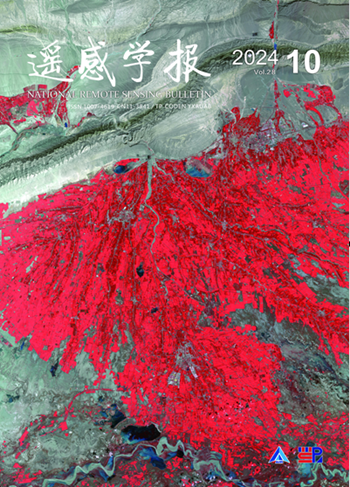纯水和海水的光散射:最新进展
引用次数: 4
摘要
纯水和海水的光散射是一种基本的光学特性,在海洋光学和海洋颜色研究中起着至关重要的作用。我们简要回顾了液体和电解质溶液中的分子散射理论,并重点介绍了压力效应建模、扩展到极端环境以及评估盐度对去极化率影响的最新进展。我们展示了如何应用海水散射建模来更好地理解纯水和海水的光谱吸收和衰减。我们建议,未来的工作应致力于测量纯水在更大波长、温度、盐度和压力范围内散射的偏振分量,以约束和验证模型,并提高我们对水的去极化率的了解。本文章由计算机程序翻译,如有差异,请以英文原文为准。
Light Scattering by Pure Water and Seawater: Recent Development
Light scattering by pure water and seawater is a fundamental optical property that plays a critical role in ocean optics and ocean color studies. We briefly review the theory of molecular scattering in liquid and electrolyte solutions and focus on the recent developments in modeling the effect of pressure, extending to extreme environments, and evaluating the effect of salinity on the depolarization ratio. We demonstrate how the modeling of seawater scattering can be applied to better understand spectral absorption and attenuation of pure water and seawater. We recommend future efforts should be directed at measuring the polarized components of scattering by pure water over a greater range of wavelengths, temperature, salinity, and pressure to constrain and validate the model and to improve our knowledge of the water’s depolarization ratio.
求助全文
通过发布文献求助,成功后即可免费获取论文全文。
去求助
来源期刊

遥感学报
Social Sciences-Geography, Planning and Development
CiteScore
3.60
自引率
0.00%
发文量
3200
期刊介绍:
The predecessor of Journal of Remote Sensing is Remote Sensing of Environment, which was founded in 1986. It was born in the beginning of China's remote sensing career and is the first remote sensing journal that has grown up with the development of China's remote sensing career. Since its inception, the Journal of Remote Sensing has published a large number of the latest scientific research results in China and the results of nationally-supported research projects in the light of the priorities and needs of China's remote sensing endeavours at different times, playing a great role in the development of remote sensing science and technology and the cultivation of talents in China, and becoming the most influential academic journal in the field of remote sensing and geographic information science in China.
As the only national comprehensive academic journal in the field of remote sensing in China, Journal of Remote Sensing is dedicated to reporting the research reports, stage-by-stage research briefs and high-level reviews in the field of remote sensing and its related disciplines with international and domestic advanced level. It focuses on new concepts, results and progress in this field. It covers the basic theories of remote sensing, the development of remote sensing technology and the application of remote sensing in the fields of agriculture, forestry, hydrology, geology, mining, oceanography, mapping and other resource and environmental fields as well as in disaster monitoring, research on geographic information systems (GIS), and the integration of remote sensing with GIS and the Global Navigation Satellite System (GNSS) and its applications.
 求助内容:
求助内容: 应助结果提醒方式:
应助结果提醒方式:


